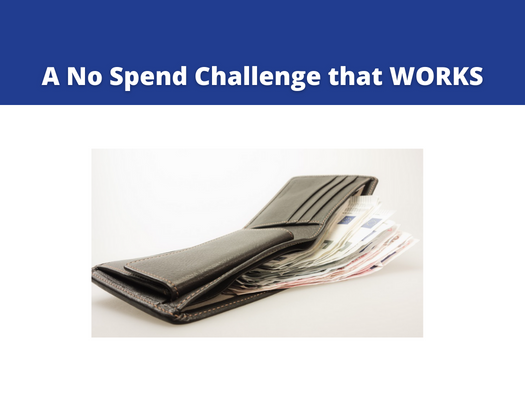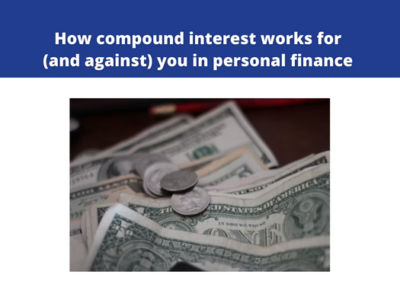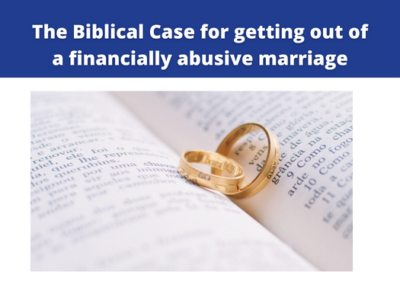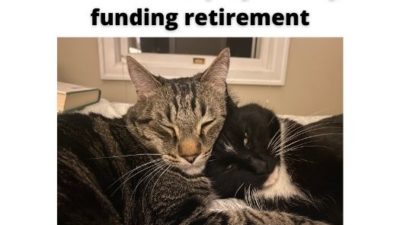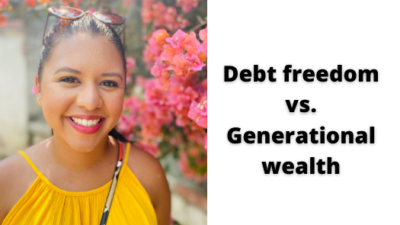Today’s very informative post comes from a guest blogger, Patricia Sanders! Patricia Sanders is a financial content writer. She is a regular contributor to debtconsolidationcare.com. Her passion for helping people who are stuck in financial problems has earned her recognition and honor in the industry. Besides writing, she loves to travel and read various books. To get in touch with her (or if you have any questions regarding this article) email her at sanderspatricia29@gmail.com.
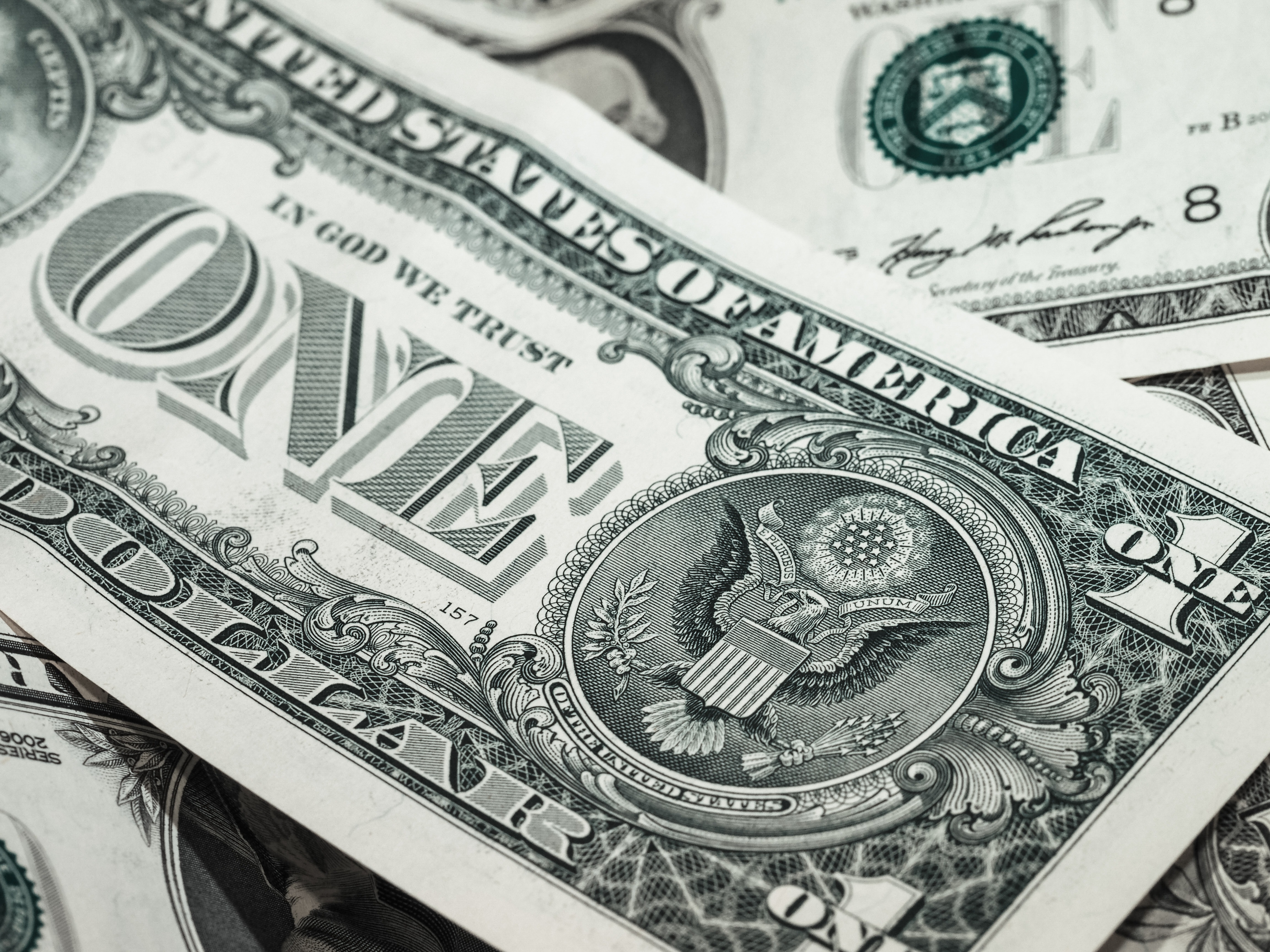
Should I pay off credit card debt or build an emergency fund? Both are important in a personal finance journey, but both are difficult to start. Paying off debt is important. However, having emergency savings may help you from falling into more debt due to any unexpected, big expense.
So how do you choose? Which credit card do you prioritize? When do you save and how much?
Normally, focusing on the credit card debt with the highest APR (annual percentage rate) is generally considered the best route because higher APRs generally mean the debt is growing faster than lower APRs. However, in a few scenarios, it might be wise to pay off the credit card debts with the highest balances. Paying off the largest balances initially may help you to lower your credit utilization (how much of your credit lines you are using) and thus provide a positive message to lenders that you are a potential borrower with a low credit utilization ratio. This may help increase your credit score, which has many positive effects such as qualifying you for 0% APR balance transfers later on to help with paying down your debt, as well as better mortgage rates when preparing to buy a new property.
Making the APR trade-off
Suppose you have the following four credit card accounts that you’re trying to pay off:
- Credit card 1: $5,000 with a 24% APR
- Credit card 2: $3,000 with an 18% APR
- Credit card 3: $4,000 with a 10% APR
- Credit card 4: $6,000 with an 8.5% APR
Which one should you prioritize?
One method is to go by the highest APR. This is known as the “avalanche method” because you’re getting rid of the highest growth. Make a list of each of your credit card debt balances, including their minimum monthly payments and interest rates, and prepare the list starting from the highest APR to the lowest one. In this case, your order of payoff would be credit card 1, 2, 3, then 4. You would make the minimum payment on each card so that you can be regular on each account, and then apply all extra money you have to the credit card debt with the highest APR. Once you pay off that account completely, you can shift to the next credit card account on the list and follow the same strategy.
You may practically save the most money from your paycheck if you choose to consolidate high APR credit card debts first and as soon as possible. The longer you wait, the longer your interest on credit cards accrue on your due balances. As a result, your credit card debt payments will also increase.
If you like to pay off the highest credit card balance from the above 4 cards, then you would start with credit 4, then 1, 3, then 2.
There is another well-known method known as the “snowball method” which was popularized by personal finance author Dave Ramsey. That method focuses on making payments towards the card with the smallest monthly payment. It is definitely another consideration, though we will not cover it in-depth in this blog post.
The importance of credit card balance transfers
Consider using a tool like a 0% APR credit card balance transfer to help make your credit card payoff go more quickly. Not everyone will quality for such a transfer – usually you need a decent credit score of more than 700. Then, find a credit card to consolidate all of your high-APR credit card debts. After getting approval, determine which credit card balances you want to transfer. Preferably, your high-APR credit card balances should be transferred first.
In general, this strategy is recommended only once you have consistently been able to send extra money towards debt each month above the minimums, otherwise you’re simply moving from one kind of debt to another and not addressing the real reason why the debt accumulated. Therefore, it is strongly suggested that you don’t do a balance transfer, until you have achieved 3 months of consistent debt payoff.
Also be aware that there may be fees involved with a balance transfer. Typically the fees could be 3% to 5% of the amount being transferred.. You should also check the available credit limit on your new credit card before transferring the balances. The requested balance transfer, including fees, cannot exceed the available credit line.
Once you transfer the credit card balances, your overall APR would temporarily be reduced, giving you some breathing room. The initial offered 0% APR usually provides you with a promotional 6 – 12 months of no interest. Once the promotional period is over, you might be charged 18% to 24% APR instantly, and it can change at any time. Therefore, only balance transfers what you believe you can pay off during the promotional period..
Creating your emergency fund
A 0% balance transfer period not only gives you interest relief, it can also give you some time to build up an emergency fund at the same time. For more details on how to create an emergency fund and determining how much you should have, check out the basics of creating an emergency fund.
Final thoughts
Having high-interest credit card debt is something that many people have gone through. Not paying off such balances might be harmful to your finances and your credit score. Methods that have worked include reducing your monthly expenses, selling unnecessary things from your possessions, and doing a side hustle to increase your income. By doing such activities you may be able to save a good amount of money which can be useful to pay off your high-interest credit card debts and create an emergency fund.
So, do not lose hope, with the right financial planning and determination you can easily overcome such obstacles and become financially free. Good luck!


